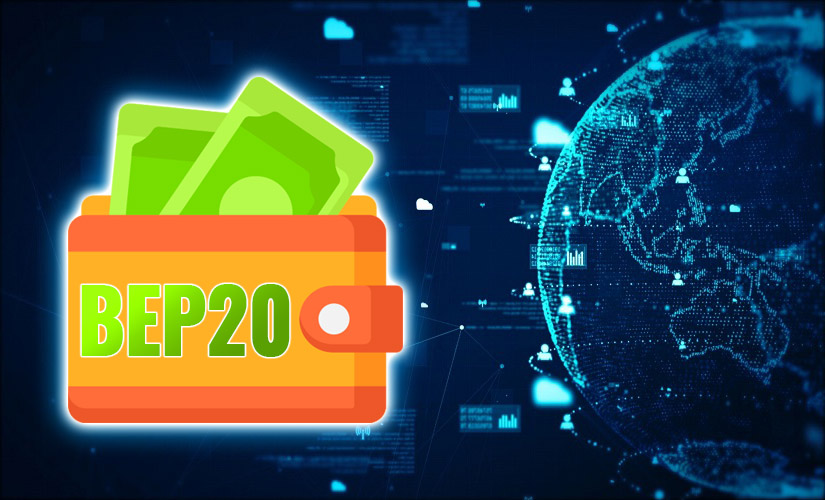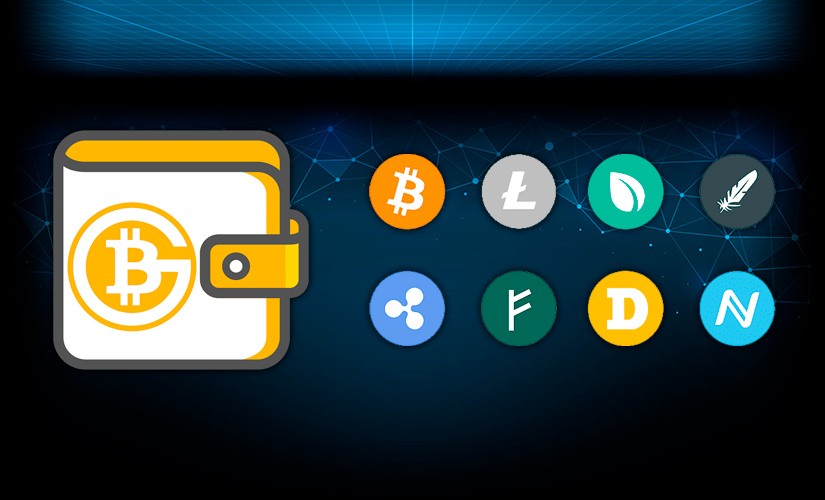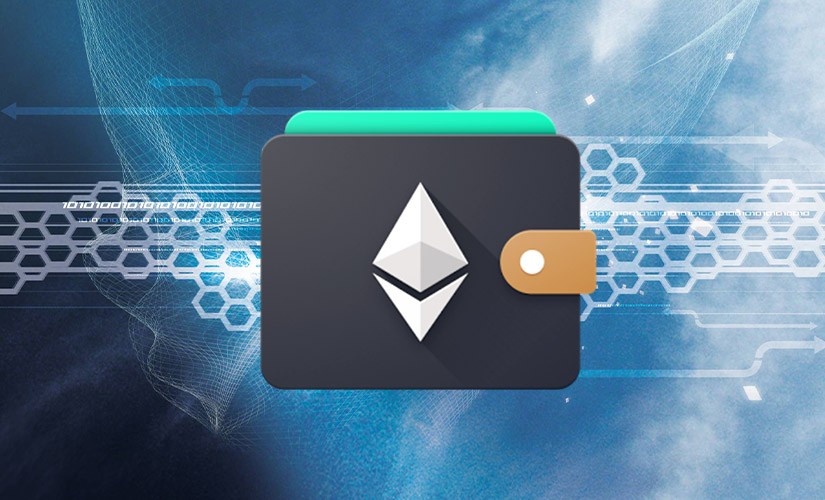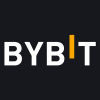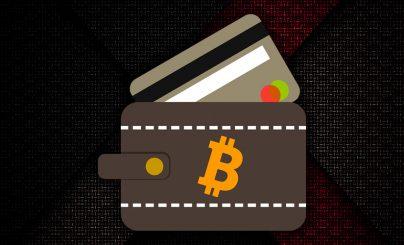
According to Triple-A, 562 million people – 6.8% of the world’s population – own digital assets in 2024. Cryptocurrency is stored in a blockchain. To access it, wallets with private keys are used. With their help, you can manage digital capital. In the material – step-by-step instructions on how to create a wallet for cryptocurrency. Readers will also learn about the types of storage and the principles of their work.
Varieties of wallets for cryptocurrency
In July 2024, there are 347 digital vaults being monitored. Depending on how private keys are stored, wallets can be custodial and non-custodial.
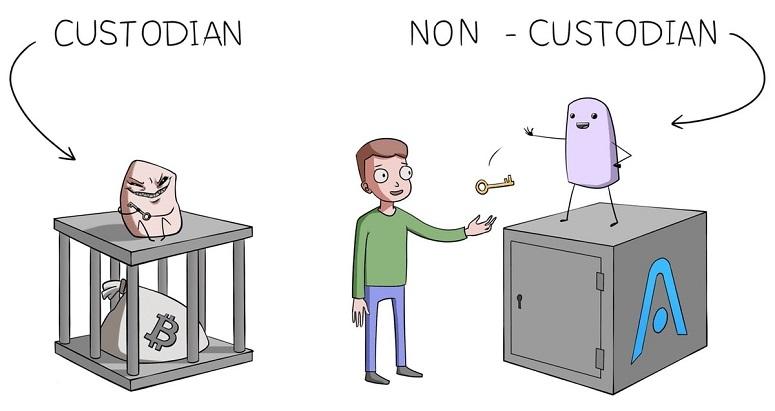
The first ones offer simple functionality and professional tech support. The developers ensure the safety of secret keys.
If you lose your password, you can restore access using the reset function. Keys from non-custodial wallets users store independently.
According to the mechanism of operation, cryptocurrency wallets are divided into several types:
- Desktop – installed on a PC. Provide a high level of security, support many options and coins. Access keys are generated and stored on the device. Disadvantage – require downloading the entire blockchain. This is how Exodus, Jaxx work.
- Online – available from any device. You can create a cryptocurrency wallet in a browser or on a website, it is easy to manage assets. Disadvantage – constantly connected to the Internet. This increases the risk of hacking. Popular examples are MetaMask, Coinbase Wallet.
- Mobile – allows you to manage crypto-assets from smartphones. They are convenient for daily transactions and storing small amounts. You can enhance security with biometrics. Trust Wallet, Guarda Wallet are popular in 2024.
- Hardware – physical devices for storing secret blockchain keys. They are connected to the network only for transactions, so they are considered the most secure. Examples – Ledger, Tangem.
- Paper – documents containing private and public keys. You can make a copy and store it in an inaccessible place. This will ensure a high level of security.
Important features
With the help of crypto wallets, users can manage digital assets. The main functions include:
5020 $
бонус для нових користувачів!
ByBit забезпечує зручні та безпечні умови для торгівлі криптовалютою, пропонує низькі комісії, високий рівень ліквідності та сучасні інструменти для аналізу ринку. Він підтримує спотову торгівлю та торгівлю з використанням кредитного плеча, а також допомагає початківцям та професійним трейдерам за допомогою інтуїтивно зрозумілого інтерфейсу та навчальних посібників.
Заробіть 100 бонусів $
для нових користувачів!
Найбільша криптобіржа, де можна швидко та безпечно розпочати свою подорож у світі криптовалют. Платформа пропонує сотні популярних активів, низькі комісії та передові інструменти для торгівлі та інвестування. Проста реєстрація, висока швидкість транзакцій та надійний захист коштів роблять Binance чудовим вибором для трейдерів будь-якого рівня!
- Interacting with one or more blockchains.
- Displaying coin balances.
- Forming and signing transactions using private crypto keys.
Modern vaults also allow you to buy and exchange coins and connect to dApps. Many interfaces support the steaking function.
The best crypto wallets
The choice of interface depends on the goals. For storing large amounts, it is better to use physical media and desktop versions.
For active trading and frequent transactions, mobile and online wallets are suitable.
In the table you can compare popular storages by characteristics and functions. The data is current as of July 2024.
| Cryptocurrency wallet | Key storage | Platform support | Available coins | Особливості |
|---|---|---|---|---|
Instructions on how to create a cryptocurrency wallet
You need to decide on the type of storage. Then you can proceed to installation and customization. To start a cryptocurrency wallet on a computer, you need to download the software and synchronize the blockchain. In online and mobile versions, it is enough to register, copy and save a backup copy.
Which one to choose
There are several criteria that you need to pay attention to before creating an account:
- Coin support. Multicurrency interfaces open access to different blockchains and are superior to monocoins in terms of functionality.
- Price. Software cryptocurrency wallets are distributed for free, hardware ones can be bought for dozens of dollars.
- Security. The higher the capital, the more secure the e-wallet should be.
- Convenience. For frequent transactions for small amounts, mobile and online interfaces are suitable.
Creation and customization
For frequent transactions for small amounts, it is convenient to use a mobile interface. The program can be downloaded on the developers’ website or in the application store. After installation, you need to create and open a cryptocurrency wallet. Below is the instruction on the example of Guarda. The interface is not available in Russian, but has a simple navigation:
- Click on Create Wallet.
- Select Create a New Wallet.
- Make up a password and click on I’ve written it down.
- Download and save a backup copy. This is necessary to regain access if you lose your password.
- Login to the account is automatic.
Then you need to go to the settings and activate additional security options.
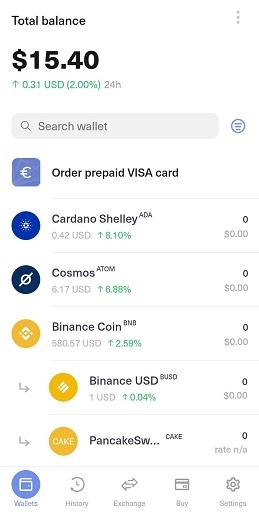
The service offers to connect the login by biometrics and set the time until the screen locks.
Deposit and withdrawal of cryptocurrency
To replenish the balance of the storage, you need to copy the address and paste it into the necessary line on the departure platform. The order of actions on the example of MetaMask:
- Register an account and log in to the interface.
- Select an asset from the list.
- Click the Receive button.
- Copy the address or scan the QR code.
- Go to the sending platform. Insert the wallet ID, specify the number of coins and sign the transaction.
The cryptocurrency will be credited to the balance after several network confirmations. For example, for ETH – 2.
To withdraw, you need to click on the “Send” button on the coin page. Next – enter the address of the vault, the volume of the digital asset and confirm the transaction.
Поширені запитання
❓ Can a wallet turn out to be a scam?
Yes, that’s why you should study reviews and recommendations before choosing one. It is important to use well-known apps and devices to store assets.
💡 How many cryptocurrencies can one wallet support?
Depending on the software, vaults can handle more than 1,500 different coins and tokens.
🔎 Is it mandatory to undergo KYC?
Yes, if the user plans to transact with a large volume of cryptocurrencies. These requirements are set by many companies for legalization in the market.
💰 Is the company that issued the cryptocurrency wallet obliged to reimburse losses if the funds are stolen?
No, the responsibility for the safety of private keys lies with the user. Only the cryptocurrency exchange can be contacted with a theft claim.
🔥 Can wallet developers introduce a virus into the software?
This is possible, so the best wallets are open source.
Ви знайшли помилку в тексті? Виділіть її мишкою та натисніть Ctrl + Увійдіть
Автор: Сайфедейський аммусексперт з економіки криптовалют.


